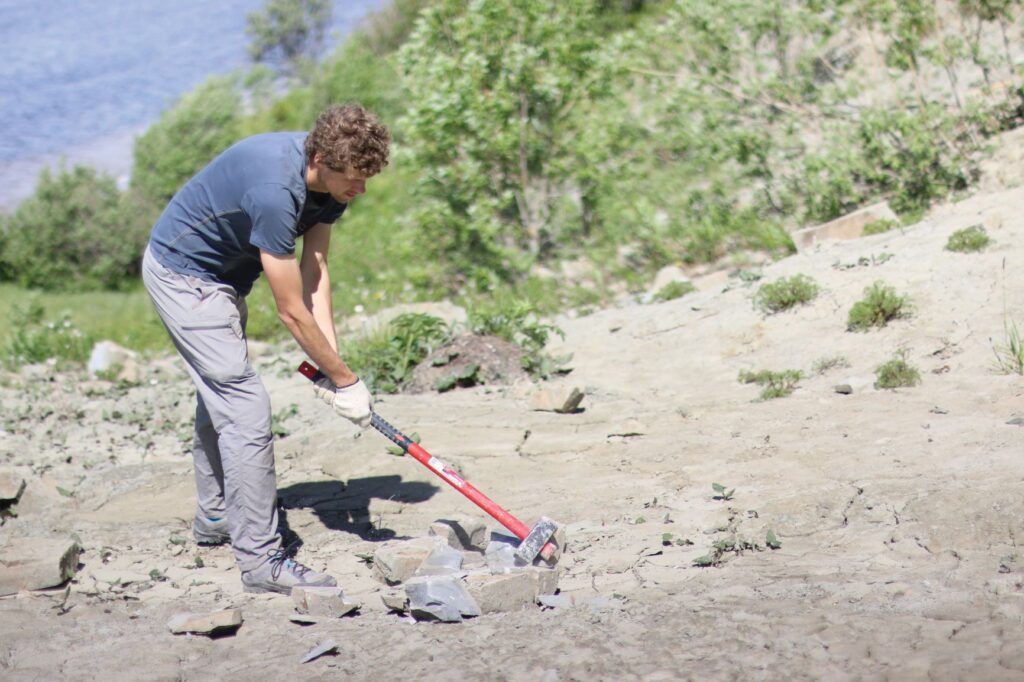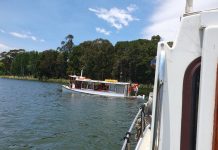
Researchers from the Australian National University (ANU) and overseas have discovered molecules of fat in an ancient fossil, revealing the earliest confirmed animal in the geological record.
The Dickinsonia lived on Earth 558 million years ago. The creature grew up to 1.4 metres in length, and was oval shaped with rib-like segments running along its body. It was part of the Ediacara Biota that lived on Earth 20 million years prior to the ‘Cambrian explosion’ of modern animal life. The ‘Cambrian explosion’ was when complex animals and other macroscopic organisms began to dominate the fossil record.
ANU PhD scholar Ilya Bobrovskiy from ANU Research School of Earth Sciences discovered a Dickinsonia fossil in a remote area near the White Sea in the northwest of Russia. The fossil was so well preserved that the tissue still contained molecules of cholesterol, a fat that is the “hallmark of animal life”. While palaeontologists normally study the structure of fossils, molecules from inside the Dickinsonia fossil were extracted and analysed.
“The fossil fat molecules that we’ve found prove that animals were large and abundant 558 million years ago, millions of years earlier than previously thought,” said lead researcher Associate Professor Jochen Brocks from the ANU Research School of Earth Sciences.
“Scientists have been fighting for more than 75 years over what Dickinsonia and other bizarre fossils of the Edicaran Biota were: giant single-celled amoeba, lichen, failed experiments of evolution or the earliest animals on Earth. The fossil fat now confirms Dickinsonia as the oldest known animal fossil, solving a decades-old mystery that has been the Holy Grail of palaeontology.”
The team developed a new approach to study Dickinsonia fossils, which “hold the key between the old world dominated by bacteria and the world of large animals that emerged 540 million years ago”.
“The problem that we had to overcome was finding Dickinsonia fossils that retained some organic matter,” Mr Bobrovskiy said.

“Most rocks containing these fossils such as those from the Ediacara Hills in Australia have endured a lot of heat, a lot of pressure, and then they were weathered after that – these are the rocks that palaeontologists studied for many decades, which explained why they were stuck on the question of Dickinsonia’s true identity.
“I took a helicopter to reach this very remote part of the world – home to bears and mosquitoes – where I could find Dickinsonia fossils with organic matter still intact.”
ANU led the research in collaboration with scientists from the Russian Academy of Science and the Max Planck Institute for Biogeochemistry and the University of Bremen in Germany.
For more:








